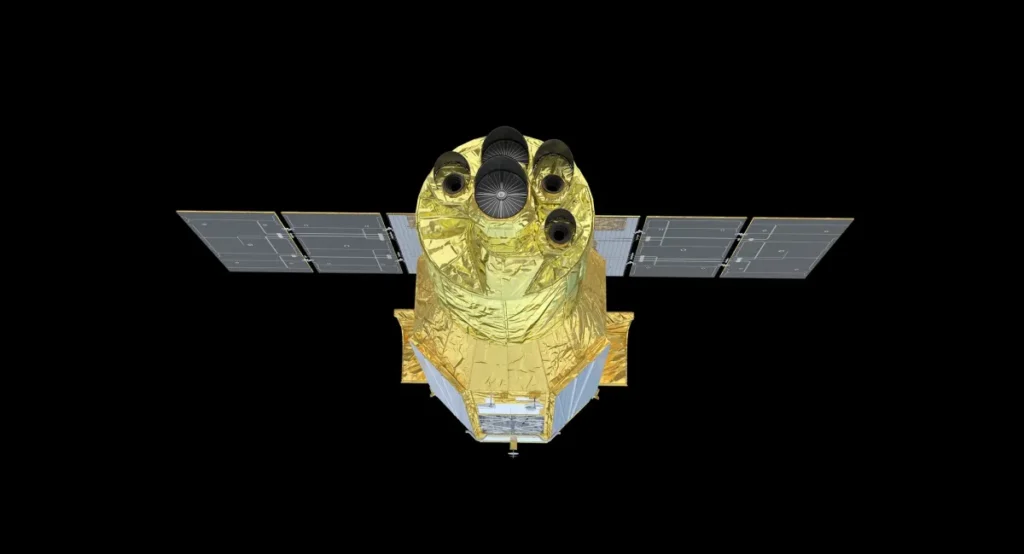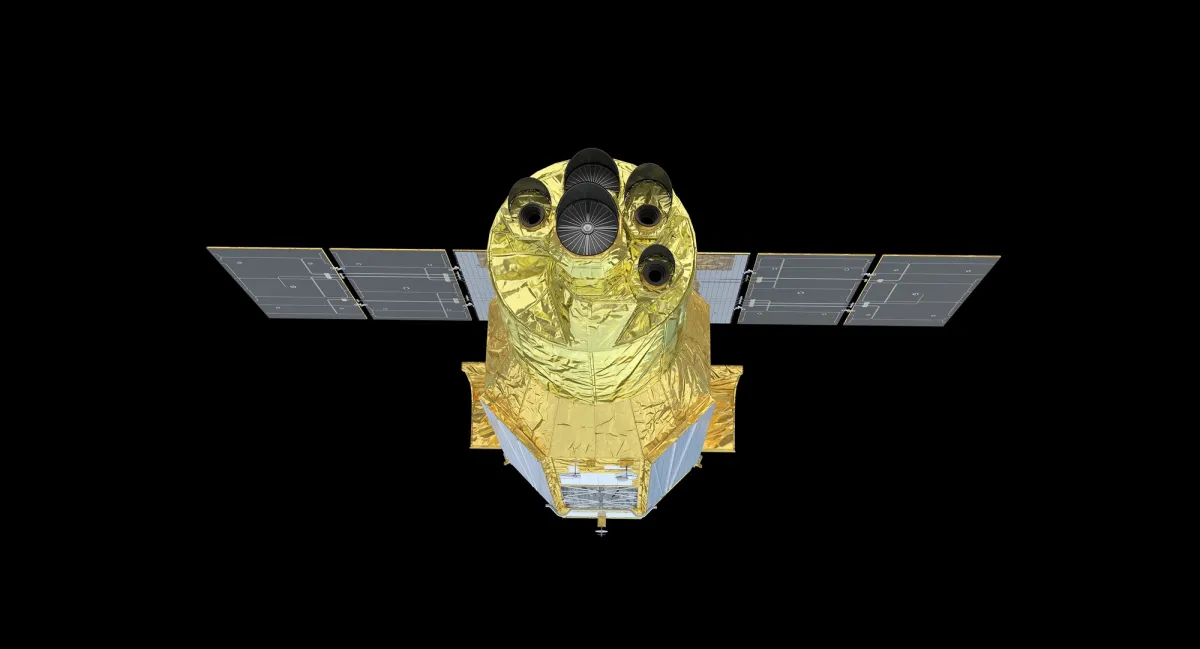NASA, JAXA, XRISM, X-ray astronomy, Resolve instrument, space exploration, astrophysics, satellite mission, gate valve issue, scientific research
Discover how NASA and JAXA are continuing the XRISM mission despite an issue with the Resolve instrument. Learn about the challenges faced and the strategic decisions made to prioritize scientific data collection in X-ray astronomy.

In September 2023, the Japan Aerospace Exploration Agency (JAXA) launched the X-ray Imaging and Spectroscopy Mission (XRISM) in collaboration with NASA. This mission aimed to further our understanding of the universe by conducting X-ray astronomy. XRISM, equipped with two sophisticated instruments, embarked on its primary scientific mission shortly after its launch. However, an unexpected issue arose with one of the instruments, specifically the imaging instrument known as Resolve. Despite this, NASA and JAXA have decided to continue operating the mission without immediate repairs, focusing on maximizing the scientific data collected over the next 18 months.
XRISM and its Instruments
XRISM is designed to study the X-ray emissions from various celestial bodies, such as black holes, neutron stars, and supernova remnants. This mission carries two main instruments: Resolve and Xtend. Resolve, an X-ray microcalorimeter spectrometer, is crucial for measuring the energy of incoming X-ray photons with high precision, allowing scientists to deduce the properties of extremely hot and energetic environments in space. Xtend, on the other hand, provides wide-field imaging to complement Resolve’s detailed spectral observations.
The Issue with Resolve
In January 2024, scientists reported an issue with Resolve’s aperture door, also referred to as the gate valve. This door, which is made of beryllium, failed to open, thereby obstructing some lower-energy X-rays from reaching the instrument. Despite this, the instrument remains operational. The aperture door’s failure to open fully does not render Resolve useless; it merely attenuates some of the X-rays, affecting the sensitivity to lower-energy phenomena but still allowing significant scientific observations.
Decision to Operate as-is
Mark Clampin, director of NASA’s astrophysics division, announced on May 7 that attempts to open the gate valve would be put on hold for the next 18 months. The rationale behind this decision is to prioritize the collection of scientific data rather than risk further complications or delays. According to Clampin, Resolve is still capable of conducting “really great science” despite the obstruction. The team believes that continuing the mission without attempting immediate repairs minimizes risk and maximizes the scientific output of XRISM.
Technical Challenges and Proposed Fixes
The gate valve was intended to be opened using two non-explosive actuators. However, it appears that a snag on a harness attached to one of these actuators is preventing the valve from moving. This issue is exacerbated by the cryogenic temperatures at which the instrument operates, making any repairs more complex. Proposed fixes include managing the instrument’s temperatures or introducing some perturbation to dislodge the harness. Nonetheless, these fixes come with their own set of risks, and thus, the decision has been made to defer these efforts while continuing with the mission.
Broader Implications and Budget Challenges
The challenges faced by XRISM are not isolated. They reflect broader issues within the field of astronomy and astrophysics, particularly regarding funding and resource allocation. During his presentation, Clampin also touched upon budget constraints impacting NASA’s decisions. This includes reviewing changes to the operations of other major observatories like the Chandra X-Ray Observatory and the Hubble Space Telescope to reduce costs.
NASA is not alone in facing financial hurdles. The National Science Foundation (NSF) also grapples with budget limitations that affect its ability to fund significant astronomy projects. For instance, the NSF recently decided to halt work on the Cosmic Microwave Background Stage 4 (CMB-S4) project. This project, intended to study the early universe from an observatory at the South Pole, was a top priority in recent decadal surveys. However, due to the need to prioritize infrastructure investments at the South Pole, NSF deferred the project.
The Future of U.S. Ground-Based Astronomy
Budget constraints also impact other critical projects in U.S. ground-based astronomy. The highest priority in the Astro2020 decadal survey for ground-based facilities is the U.S. Extremely Large Telescope (US-ELT) program. This program aims to fund the development of two major telescopes: the Thirty Meter Telescope (TMT) and the Giant Magellan Telescope (GMT). These telescopes promise to revolutionize our understanding of the universe by providing unprecedented observational capabilities.
In March 2024, the National Science Board recommended that NSF proceed with funding only one of these telescopes, setting a cost cap of $1.6 billion. This recommendation came despite encouragement from the final fiscal year 2024 appropriations bill for NSF to support both telescopes. Consequently, NSF initiated a formal review process to decide which of the two projects to support. This review will consider each project’s progress and risk mitigation strategies and how supporting one over the other would impact NSF’s overall resources.
Conclusion
The decision by NASA and JAXA to operate XRISM as-is despite the instrument issue underscores the complex balancing act between scientific ambition and practical constraints. While the Resolve instrument’s gate valve remains closed, the mission continues to yield valuable scientific data, demonstrating resilience in the face of technical challenges. At the same time, broader budgetary pressures and strategic decisions continue to shape the landscape of astronomy and astrophysics, affecting the priorities and progress of both space-based and ground-based observatories. As the XRISM mission proceeds over the next 18 months, it will undoubtedly contribute to our understanding of the cosmos, even as the scientific community navigates these broader challenges.
Read More-
